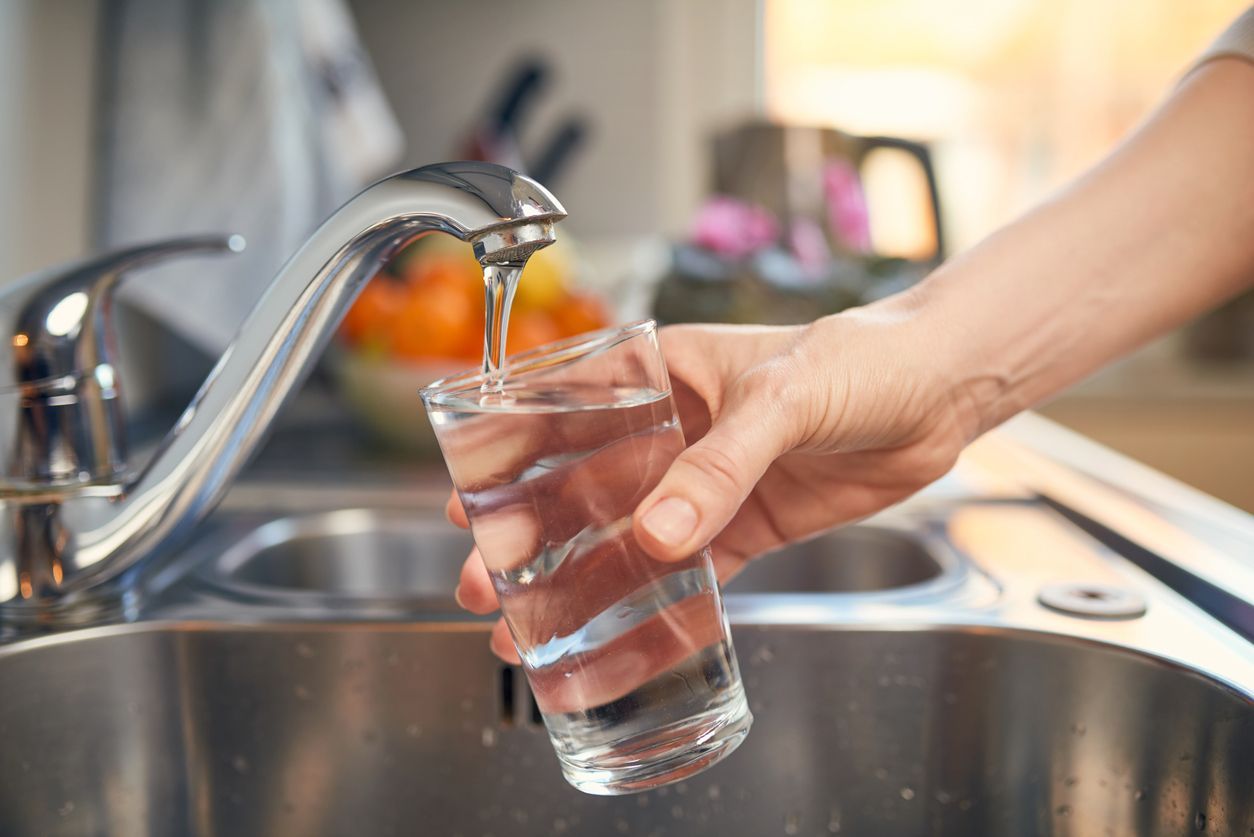Geothermal Well Drilling
Reach new depths of sustainable energy with geothermal drilling for your home. With geothermal drilling, you can provide a sustainable and environmentally friendly source of energy for your home. And the best part is, it will save you money!
Geothermal energy can be used to heat and cool any building of any size. It is clean and renewable. Geothermal heating systems are a viable, cost-effective alternative to fossil fuels. Geothermal systems can be installed in new homes, or retrofitted into existing buildings. Geothermal heat pumps provide heating, air conditioning, and hot water, and are quieter, and 30% more efficient than other heat pumps. You'll never need another oil delivery again! You'll save money, as geothermal heat pumps use less energy, and you'll be reducing global warming and promoting cleaner air. Furthermore, in 2009 and 2010, the ARRA has offered a tax refund to homeowners who make their homes more energy efficient.
5 Reasons To Drill Geothermal
Both ground heat exchange systems are proven, effective, and efficient. Here are some factors that should be considered when selecting the best Ground Heat Exchanger for your home or business geothermal system
1.) Availability of Land/Lot Size – Heating & Cooling Loads will determine the size and amount of underground piping required to support your needs. Generally, larger loads or demands require a more substantial amount of ground heat exchanger.
2.) Geology and soil conditions – Certain types of soils and rock formations conduct and transfer heat more effectively than others. Consider formation thermal conductivity testing for vertical systems requiring 25 tons or greater. Determining formation thermal conductivity and diffusivity values can help design a better, more effective groundloop. In the northeast, vertical systems are particularly well suited for ground heat exchangers because of the presence of hard rock. There are always deviations from this tendency. Contact a member of Wragg Well Drilling to discuss the geological formations of your area to help determine the best suited system for your property.
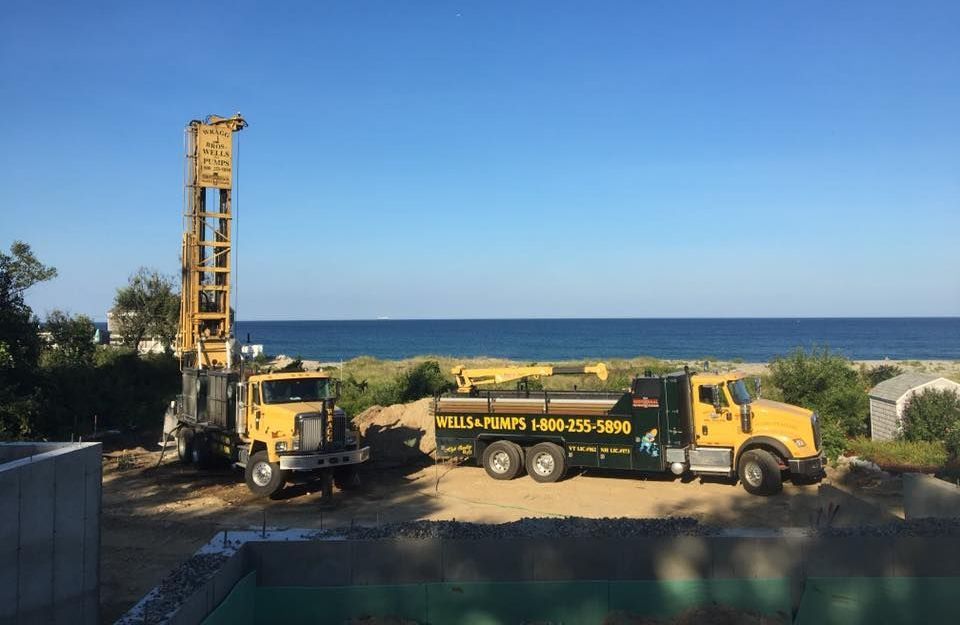
3.) Water Quality/Availability (Open-Loop Systems) – Many water well owners assume that they can turn their existing water wells into ground heat exchangers. This is possible in some applications, but more often than not, this is not recommended or practical. The two serve two very different functions even though structurally they are almost identical. Consider the presence of metals, minerals, pH, and hardness and water yield before determining that an open loop system is best suited for your geothermal system.
4.) State Codes & Regulations – In general, health departments look at closed loop systems more favorably because no groundwater is being extracted from the earth. Because of this, placement of vertical closed loop bores are given more latitude. (For the State of CT recommendations for regulation of geothermal wells, click here.)
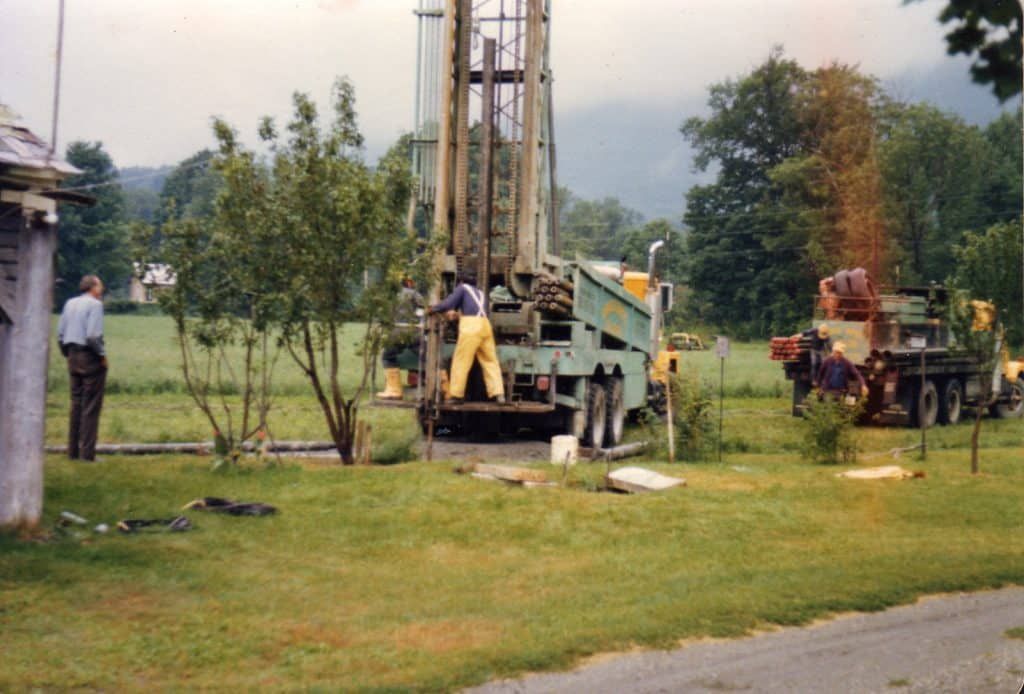
5.) Future Development of Property – Because the ground heat exchanger is completely buried beneath grade and invisible to the eye upon completion, be aware of future plans for land development. For example, consider pools, patios, and additions. There are advantages to both ground heat exchanger types; closed and open loop systems. Contact a professional heating and cooling contractor or an IGSHPA accredited Well Drilling to discuss which system is right for you.
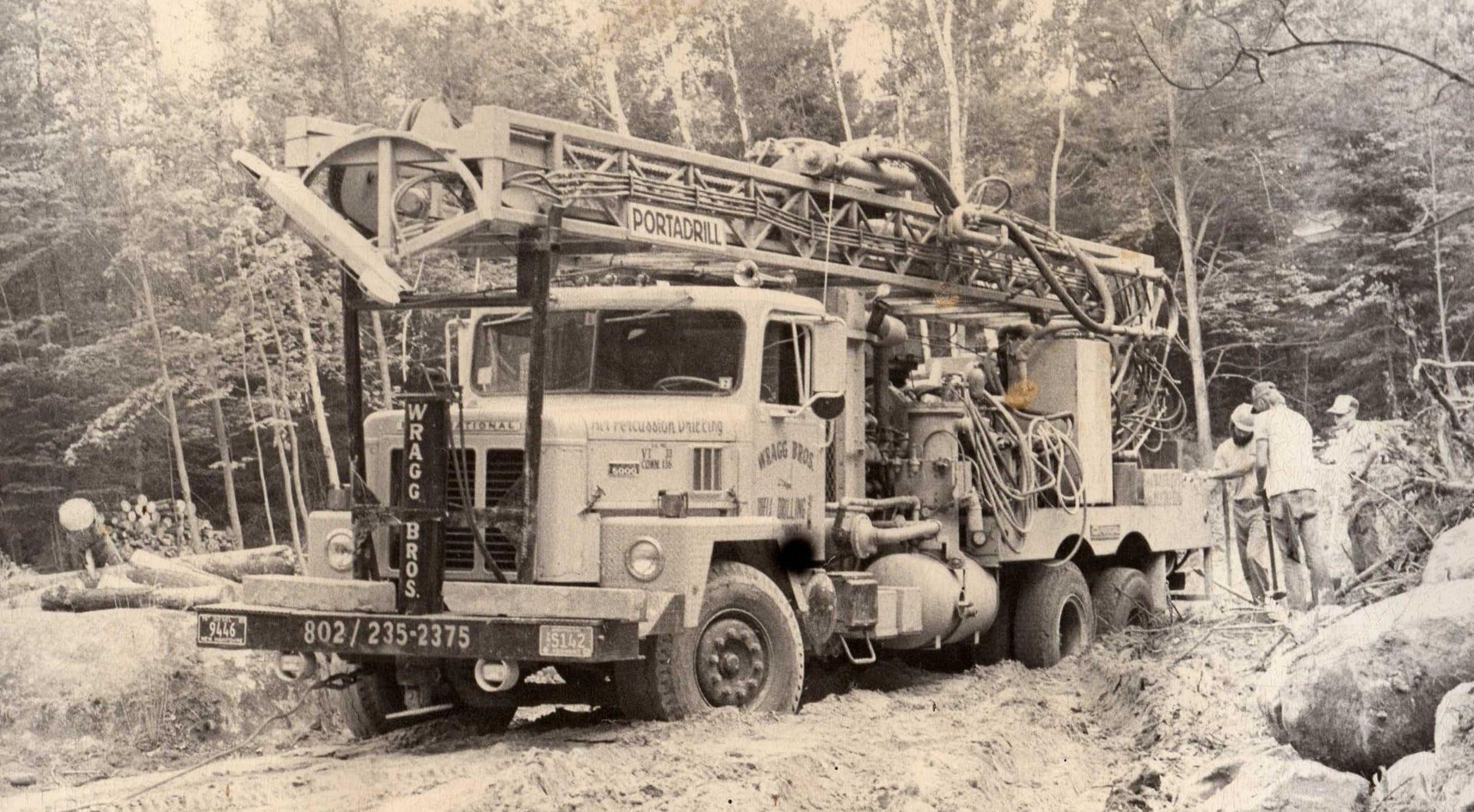
What do we install for Geothermal Systems?
GEO- means EARTH
THERMAL - means HEAT
Geothermal ENERGY is power that is extracted from heat stored in the earth.
The remarkable thing about Geothermal Energy is that it is an unlimited resource. It provides safe, reliable, and energy efficient heating and cooling from one piece of equipment.
Geothermal SYSTEMS work through a well or series of wells, which are drilled deep into the ground. A series of fluid-filled loops (open loop or closed loop) are placed underground. The fluid absorbs heat from the ground and is transported back to your home, generating heat via a geothermal pump.
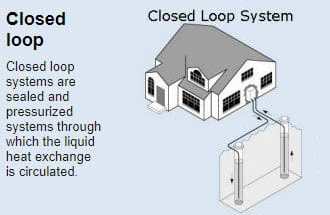
Are you interested in geothermal drilling to help heat and cool your home? We’re here to help!
We want to learn more about your needs so we can provide the perfect solution. Let us help you determine if geothermal is right for you.
Geothermal Drilling FAQs
Got a question about geothermal? We’re here to help!
Water Well Drilling News
More questions? Ready to talk?

